
Chronic Disease
Latest News
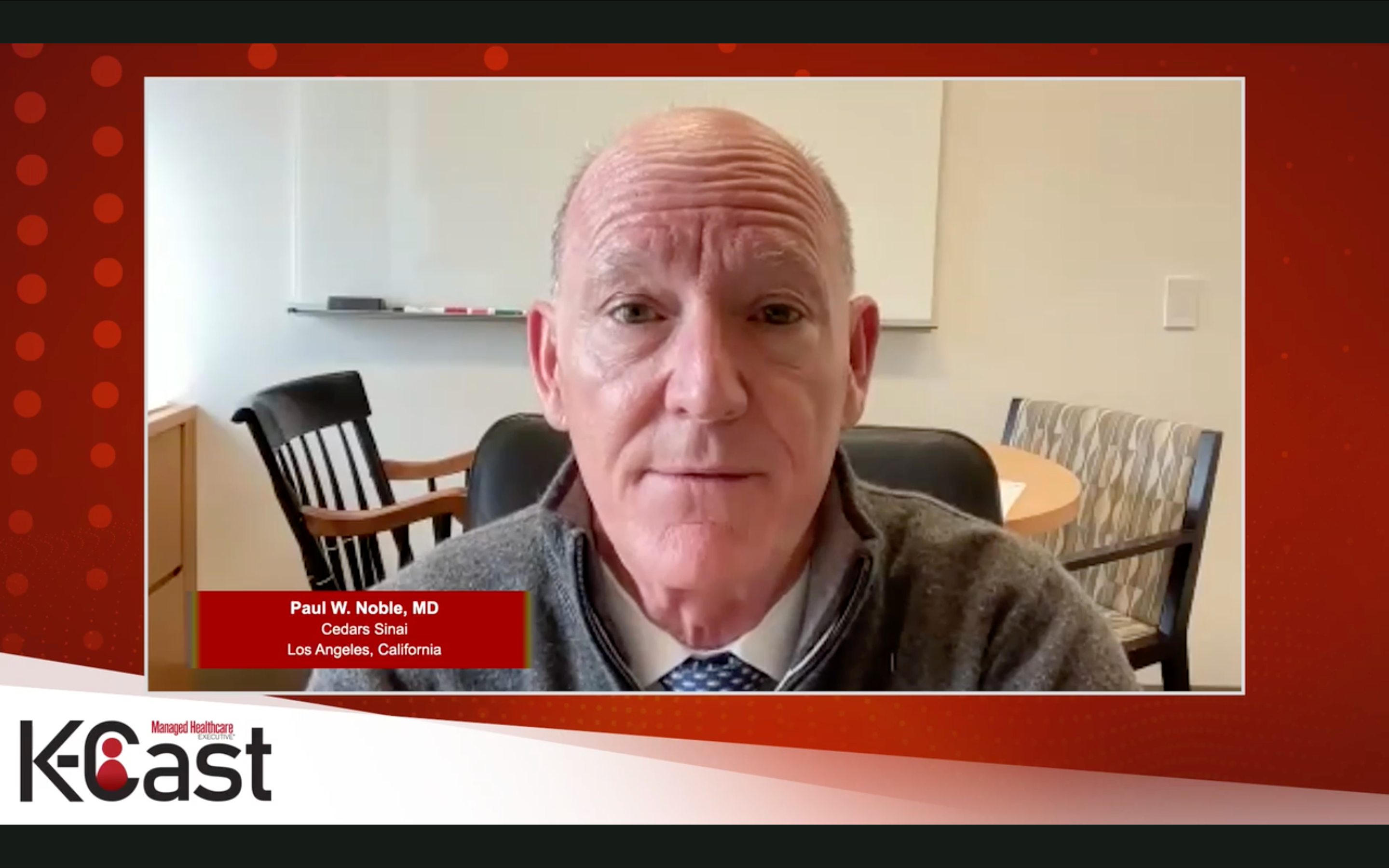
Latest Videos

More News

Insurers are using prior authorization and other managed care strategies to control costs associated with the growing number of prescriptions, on- and off-label, for the weight-loss medications.
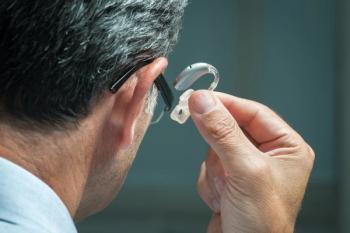
Commercial plans haven’t traditionally covered hearing aids.
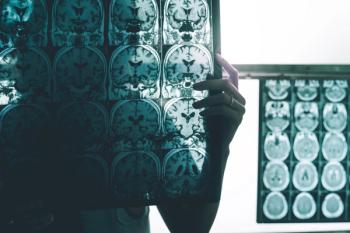
Leqembi's starting price is almost half of what Aduhelm's was and the FDA-approved label narrows use to people with early disease. But Medicare coverage restrictions may still apply and there is concern about a side effect called ARIA (amyloid related imaging abnormalities).

Pradaxa (dabigatran) and Coumadin (warfarin) came out even in this randomized study. The Brazilian researchers who conducted the study said one explanation for the result is that use of Coumadin was exceptionally well managed because the patients were enrolled a study.

Most (91%) of the patients were seen by gastroenterologists. Those seen by allergists were more likely to have comorbid atopic conditions, such as asthma, allergic rhinitis and atopic dermatitis.

Patients with severe asthma with or without coexisting chronic rhinosinusitis and nasal polyps (CRSwNP) experienced continued improvements in exacerbations and lung function in an extension study.

Smartwatches such as the Apple Watch could save insurers money if they detect atrial fibrillation early, but false alarms may be an issue.

Patients with eosinophilic esophagitis experience a range of symptoms that can vary by age, which may contribute to younger patients experiencing a delay in diagnosis, according to a poster presented at the American College of Allergy, Asthma and Immunology Annual Scientific Meeting.
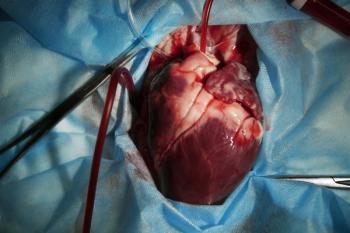
Past studies have linked epicardial fat to a variety of other heart problems, including diastolic dysfunction, atrial inflammation and atrial systolic function disorders.

Adherence to follow-up examinations is crucial for early identification of recurrence of chronic rhinosinusitis with nasal polyps (CRSwNP).

Despite differing characteristics, patients have similar responses to treatment regardless of when they were diagnosed with eosinophilic esophagitis (EoE).
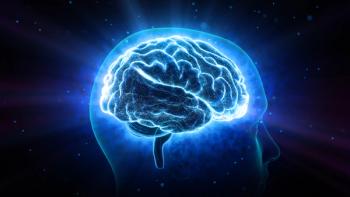
Brain imaging technique may shed light on the clinical-radiological paradox of multiple sclerosis: structural damage in the brain related to the disease does not necessarily predict clinical disability.

Research has linked obesity to an increased risk of getting multiple sclerosis. This German study examined whether there is a link between obesity and severity of the disease.

The company has made digital health a major focus of its research pipeline in multiple sclerosis.

Symptoms of chronic rhinosinusitis with nasal polyps can be a burden for patients, but Dupixent was able to successfully reduce the number of days with severe symptoms.

Members who receive healthcare through Point32Health Inc.’s programs will now be able to access a device called Nerivio.

The writer has firsthand experience with the testing physicians may order to find out whether COVID-19 has damaged a patient’s heart.

Findings may support the development of an aerobic exercise training intervention for people with multiple sclerosis (MS) who present with MS-related thalamic atrophy.

A real-world study of children with moderate-to-severe atopic dermatitis (AD) in China found Dupixent can reduce symptoms and improve pruritus. Traditional therapies had little effect, according to the researchers.

A sizable majority (69%) of eosinophilic esophagitis (EoE) patients only had one food trigger.
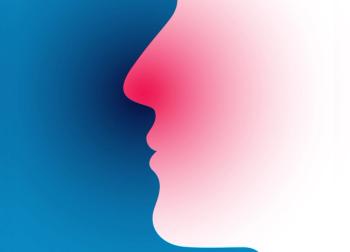
The majority of guidelines and recommendations available limit biologics to cases of severe and uncontrolled chronic rhinosinusitis with nasal polyps (CRSwNP) and require prior surgery.

Novo Nordisk’s Saxenda (liraglutide) and Wegovy (semaglutide) are leading the way for a new crop of drugs that reduce appetite. But their cost-effectiveness is in question, and many payers are saying no to coverage — for now.

The increases had no impact on the efficacy of the drug and were rarely associated with symptoms or sequelae.

Certain problems such as pain/discomfort, worrying and fear of the persistence/recurrence of atopic dermatitis (AD) became more common among patients with AD since the start of the COVID-19 pandemic.
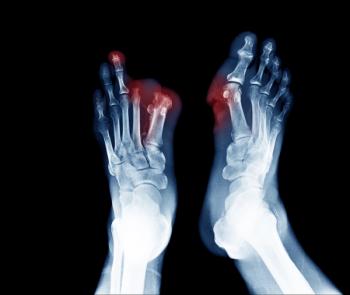
Lower limb amputations are devastating for people living with diabetes, particularly for Black Americans facing poor access to comprehensive care. A coordinated, data-driven national prevention strategy is the only way to curb this growing epidemic for all at-risk populations.






















































